- Kyrgyzstan has yet to develop all its hydropower resources, with only 10% of its projected capacity being developed
- This provides an important development opportunity for the country to expand its hydropower capacity and reduce its dependence on fossil fuels
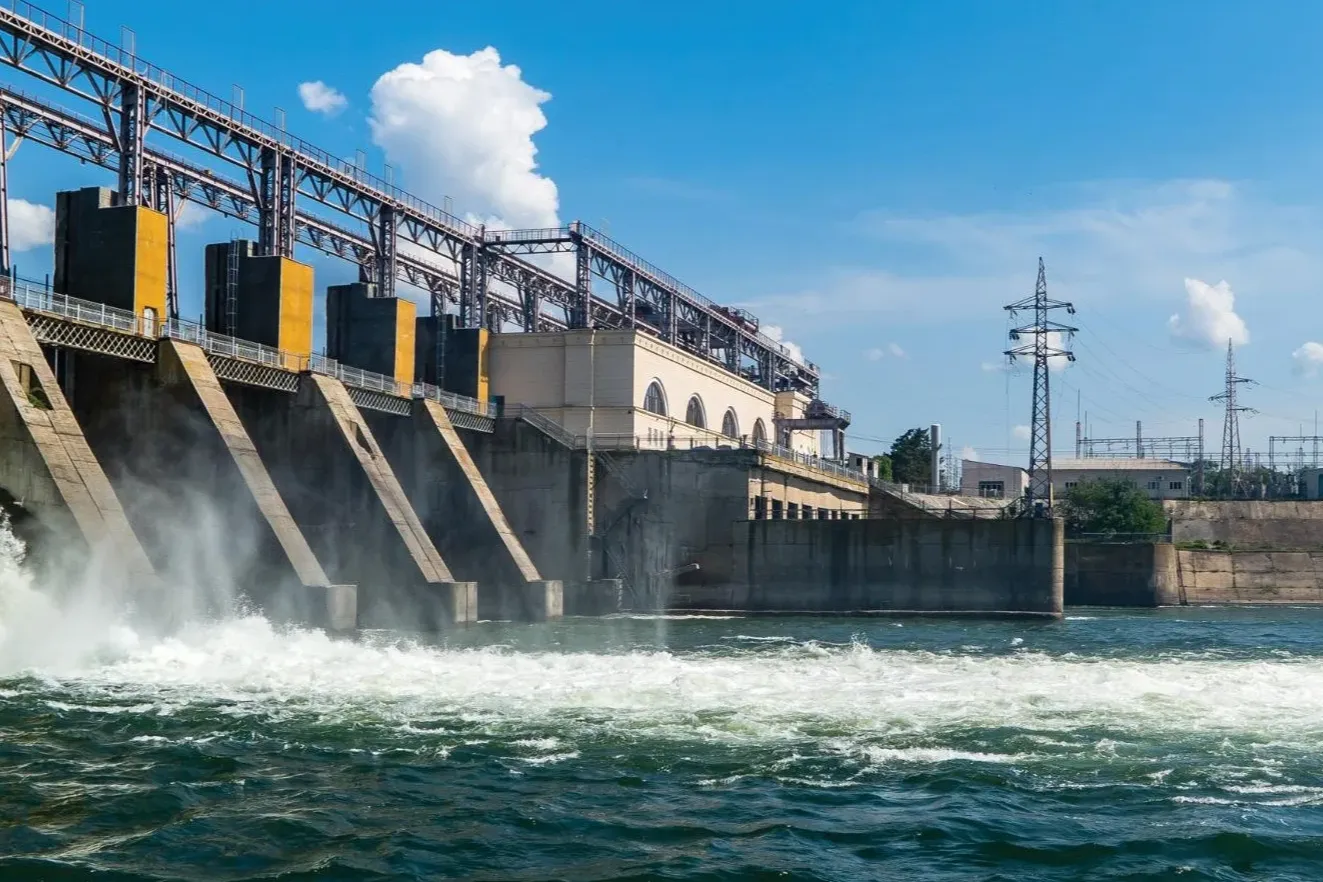
Kyrgyzstan, a landlocked country in Central Asia, is rich in renewable energy sources (including hydro, solar and wind). The country is mountainous and has great potential for producing clean energy. However, Kyrgyzstan has yet to make full use of these resources.
The main source of renewable energy in Kyrgyzstan is hydropower, which accounts for about 90% of the country's total electricity generation. The country has more than 80 small and large hydropower stations, of which the Toktogul Reservoir is the largest. However, Kyrgyzstan has yet to develop its full hydropower resources, with only 10% of the projected capacity being developed. This provides an important development opportunity for the country to expand its hydropower capacity and reduce its dependence on fossil fuels.

In addition to hydropower resources, Kyrgyzstan also has great potential in the development of solar and wind energy. With an average of 2,500 to 3,000 hours of sunshine per year, the country is a great place for solar power. In addition, Kyrgyzstan is mountainous (wind speeds can reach 10m/s in some areas), creating favorable conditions for the development of wind energy. Still, solar and wind power currently generate less than 1 percent of the country's electricity.
One of the main challenges in developing renewable energy in Kyrgyzstan is the lack of investment and financing. Developing renewable energy projects requires a lot of upfront capital, which can deter domestic and foreign investors. In addition, the country's political and economic instability may also deter potential investors from entering the market. To meet the challenges, governments need to implement transparent regulations, provide incentives, and ensure political stability to create a favorable investment climate.
Another challenge is the country's poor energy infrastructure. Its grid has high transmission losses and frequent power outages, which can hinder renewable energy integration. To meet the challenge, governments need to upgrade existing infrastructure and invest in smart grid technologies to enhance the reliability and efficiency of the power system and make it more conducive to the integration of renewable energy.
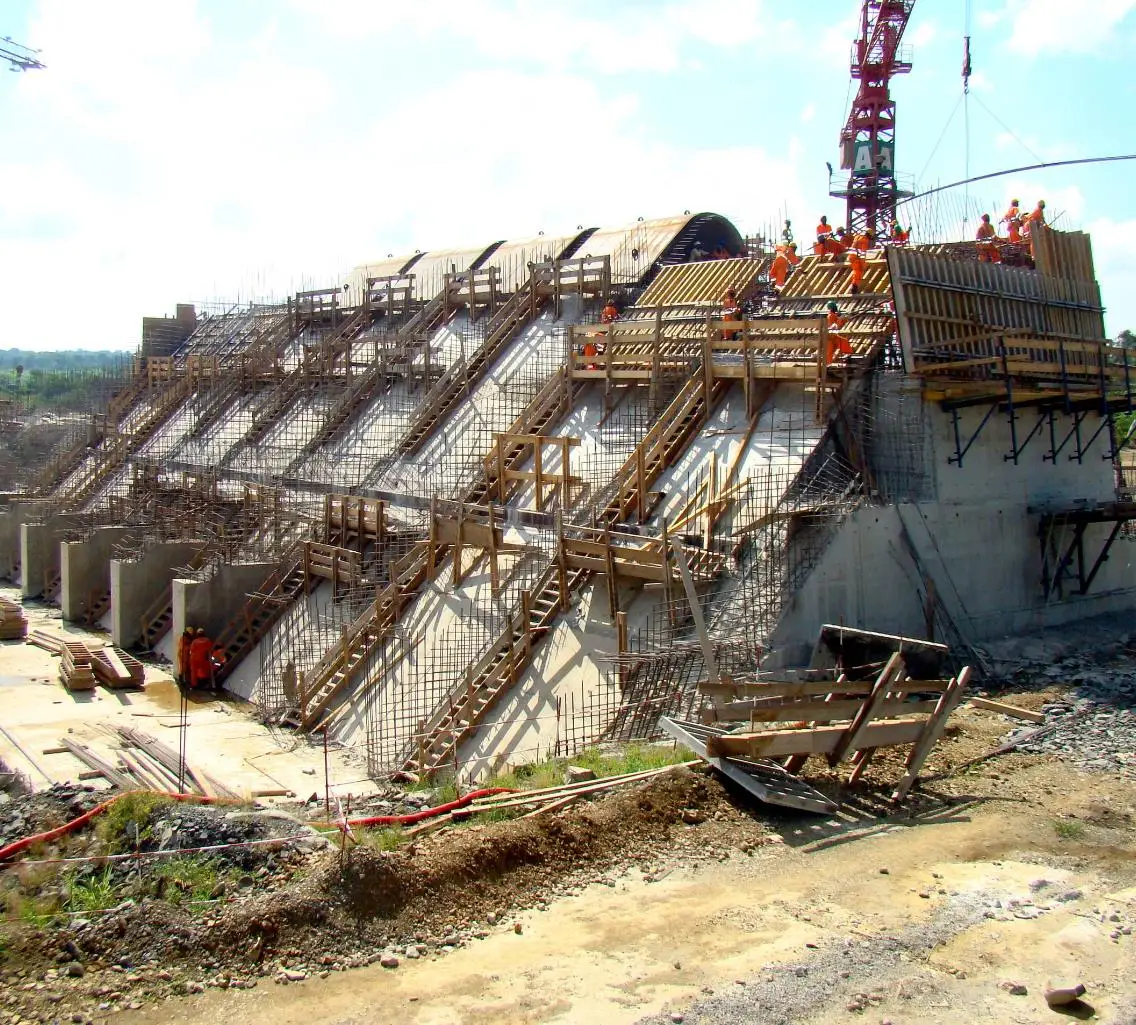
In addition, there is a lack of awareness of renewable energy technologies among both the Kyrgyz public and the government, which hinders the development of renewable energy. To address this issue, governments and other stakeholders should invest in education and work to change national thinking and promote the benefits of renewable energy.
Despite the challenges, Kyrgyzstan's renewable energy industry has been developing well in recent years. The government has set a target of increasing the share of renewables in the country's energy mix to 10 percent by 2030. In addition, international organizations such as the World Bank and the European Bank for Reconstruction and Development also provide financial and technical support for renewable energy projects in the country.
In conclusion, Kyrgyzstan has great potential in the development of renewable energy sources, which, if used effectively, can help the country achieve energy security, reduce greenhouse gas emissions and promote sustainable development. To better realize this potential, governments and other stakeholders need to address the challenges of investment, infrastructure development, and national thinking. In this way, Kyrgyzstan will become a leader in the development of renewable energy in Central Asia. Editor/Xu Shengpeng
Comment
 Praise
Praise
 Collect
Collect
 Comment
Comment
 Search
Search


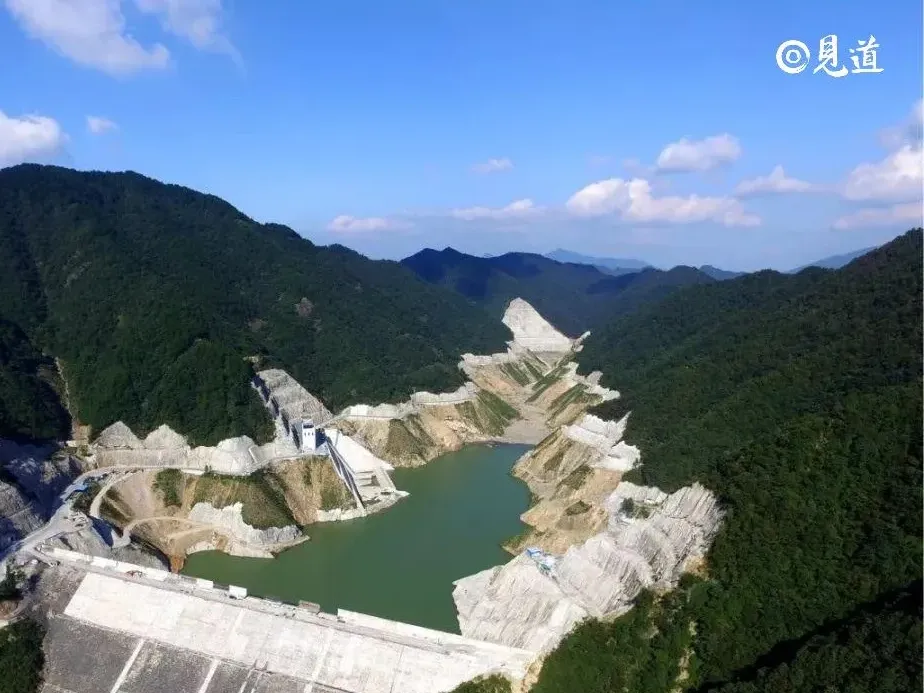

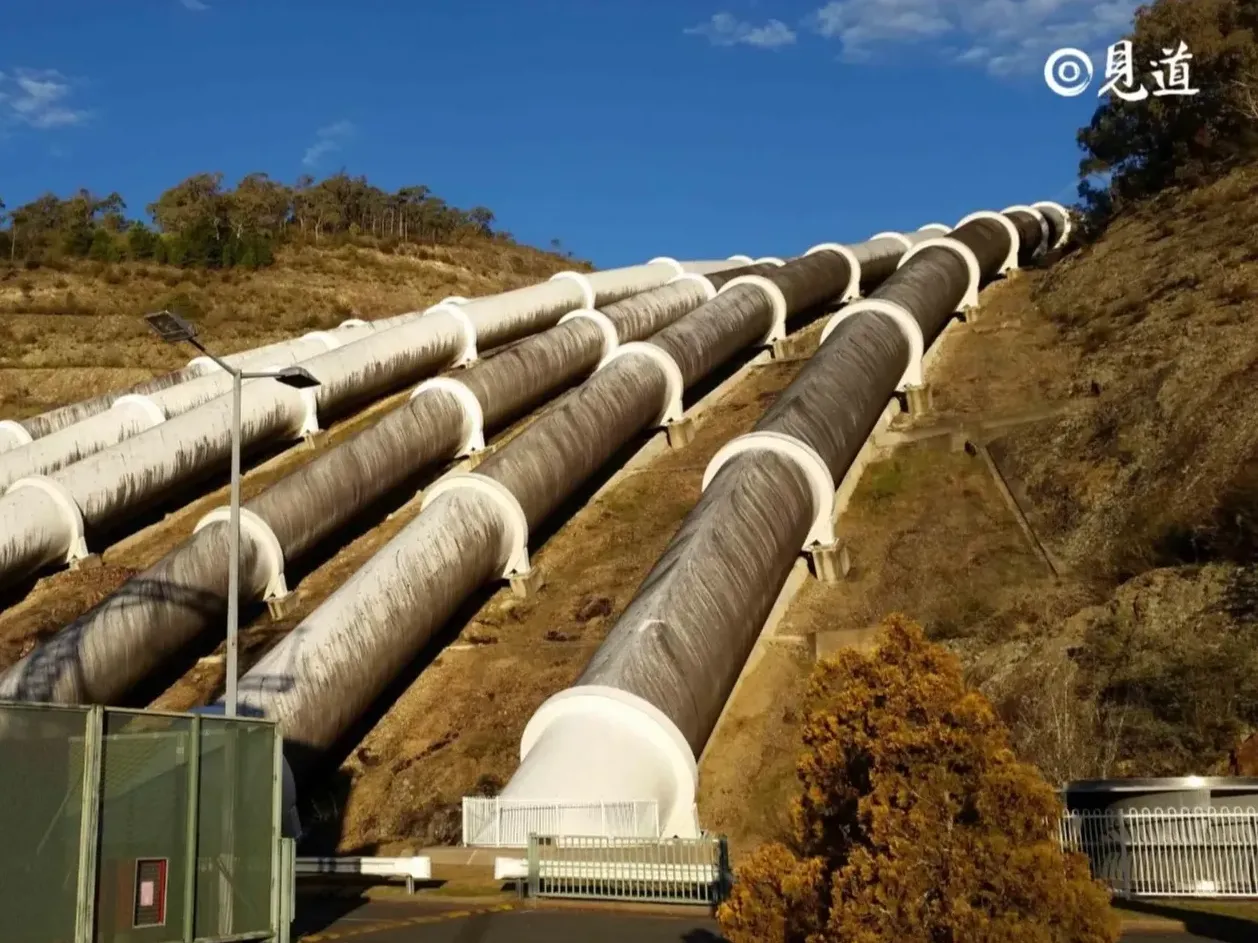
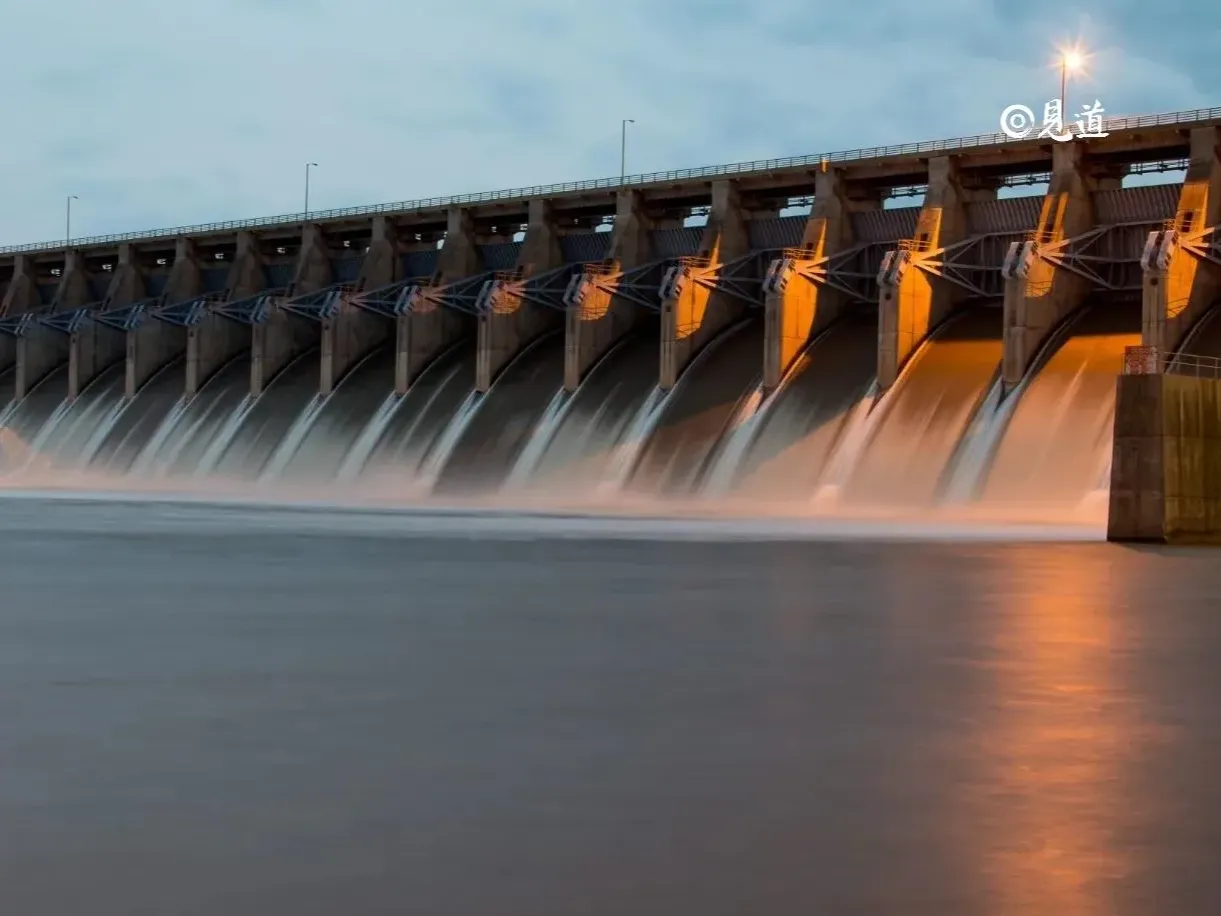

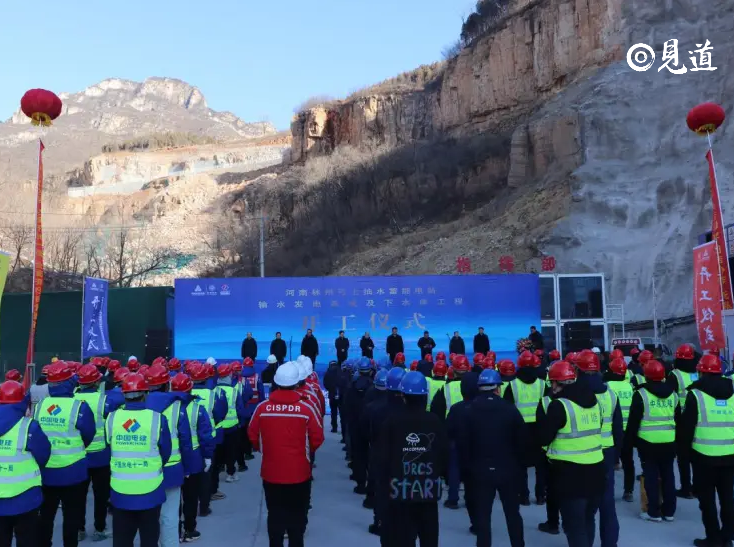






Write something~